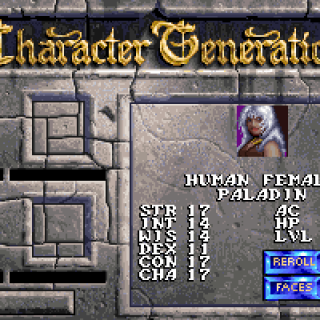


Then, in the 1550s, the definition began to include a “person of inhuman cruelty or wickedness, person regarded with horror because of moral deformity.” At the same time, the term began to be used as an adjective to describe something of vast size. So abnormal animals or humans were regarded as signs or omens of impending evil. In Old English, the monster Grendel was an “aglæca,” a word related to “aglæc”: “calamity, terror, distress, oppression.” A few centuries later, the Middle English word “monstre”-used as a noun and derived from Anglo-French, and the Latin “monstrum”-came into use, referring to an aberrant occurrence, usually biological, that was taken as a sign that something was wrong within the natural order. ought to demonstrate, portend, predict that God will bring to pass what He has foretold regarding the bodies of men, no difficulty preventing Him, no law of nature prescribing to Him His limit.” They say that they are called ‘monsters,’ because they demonstrate or signify something ‘portents’ because they portend something and so forth. Saint Augustine proposed the following interpretation, considering monsters part of the natural design of the world, deliberately created by God for His own reasons: spreading “abroad a multitude of those marvels which are called monsters, portents, prodigies, phenomena. “Monēre” is the root of “monstrum” and means to warn and instruct. The etymology of the word “monster” is complicated. What is a “monster”? What is monstrosity? The definition depends upon who is doing the defining.


 0 kommentar(er)
0 kommentar(er)
